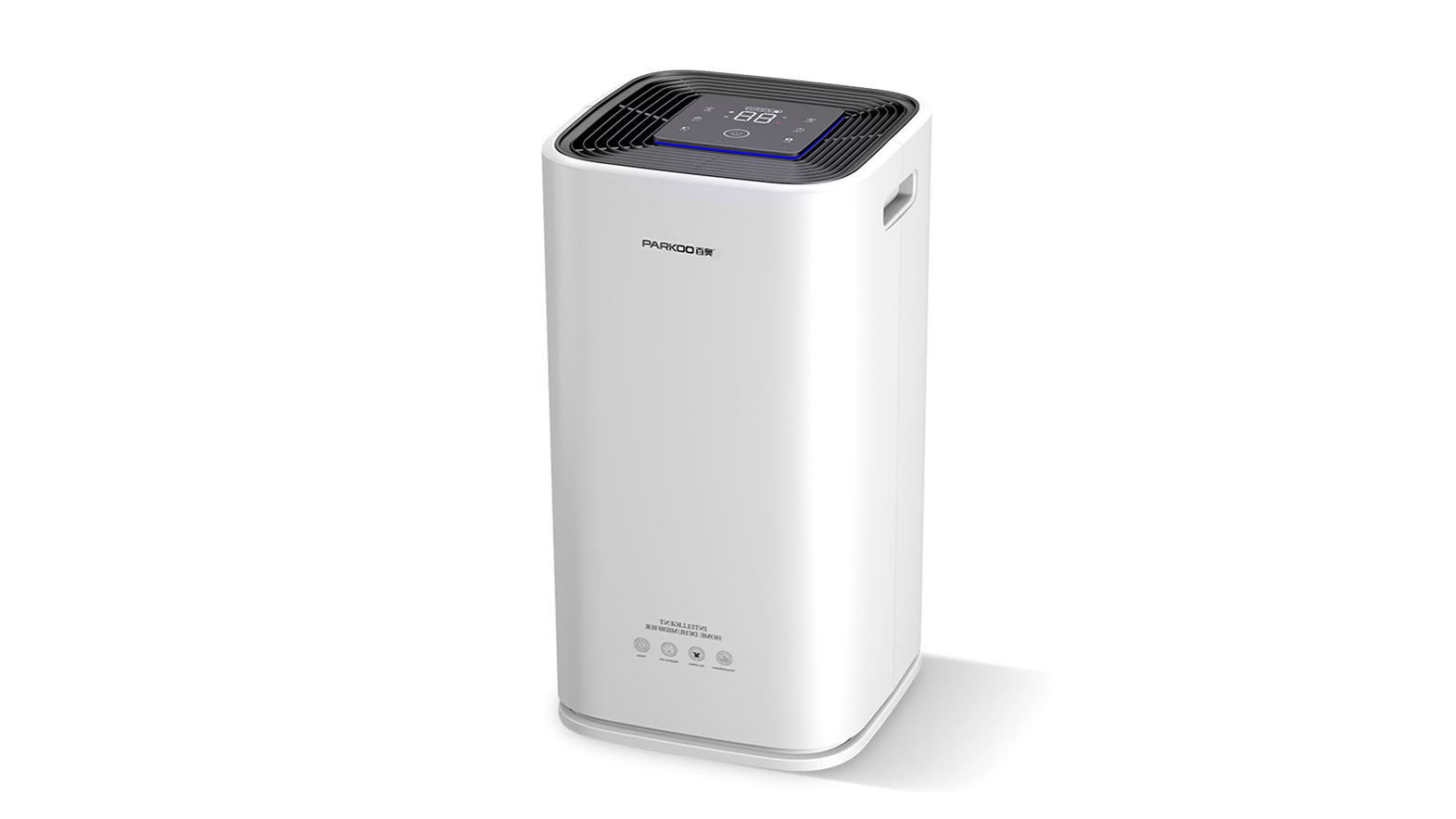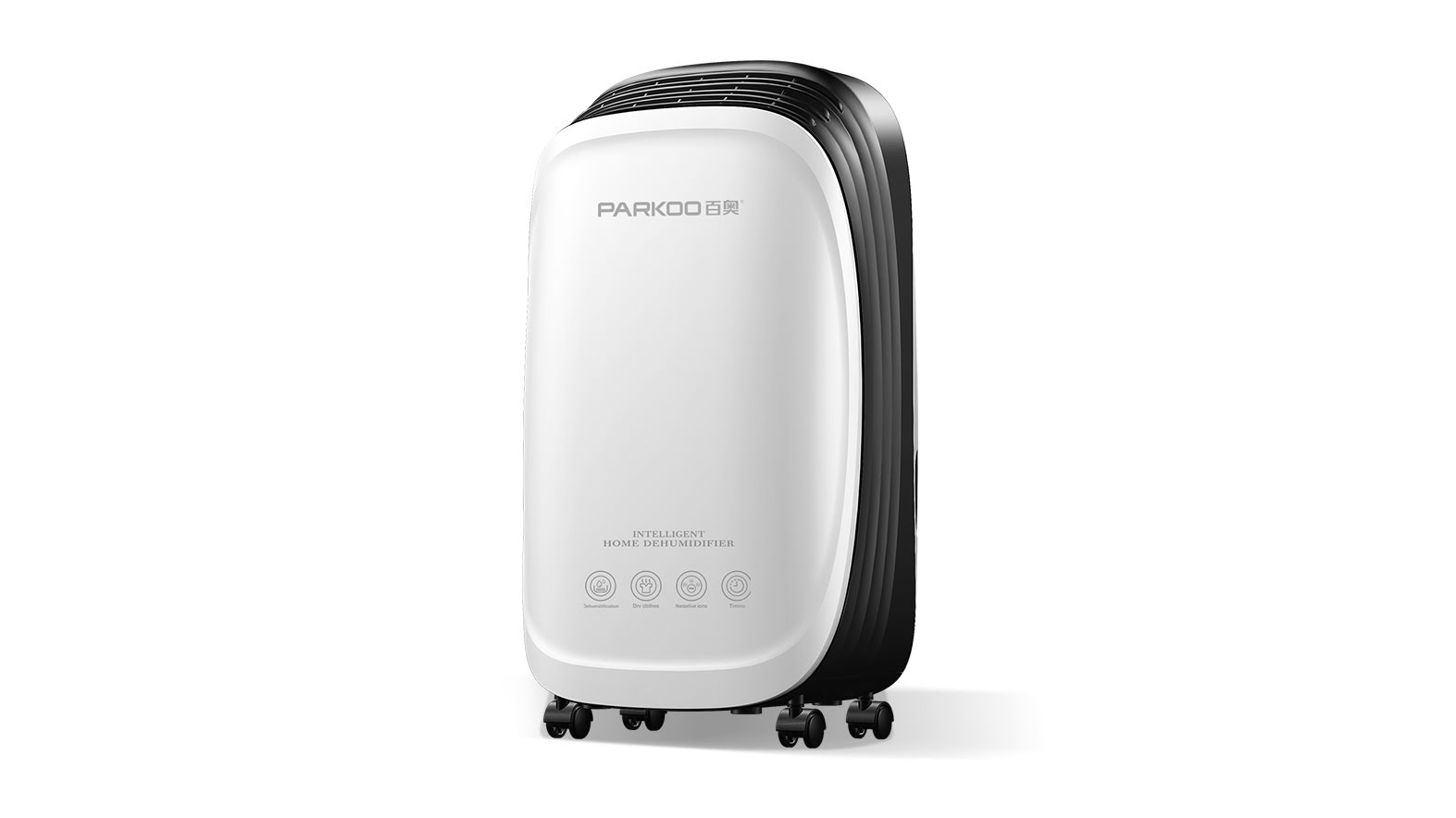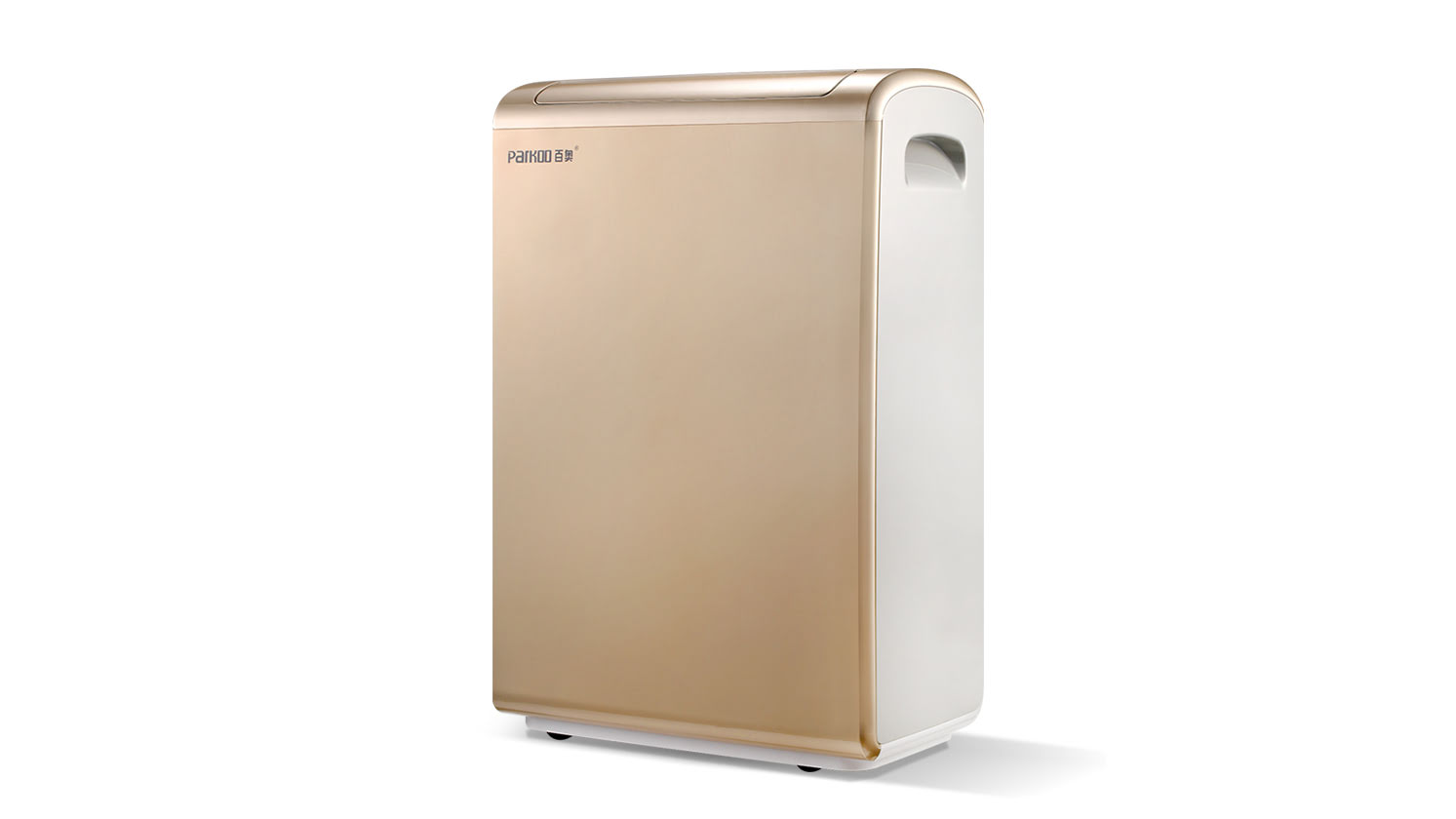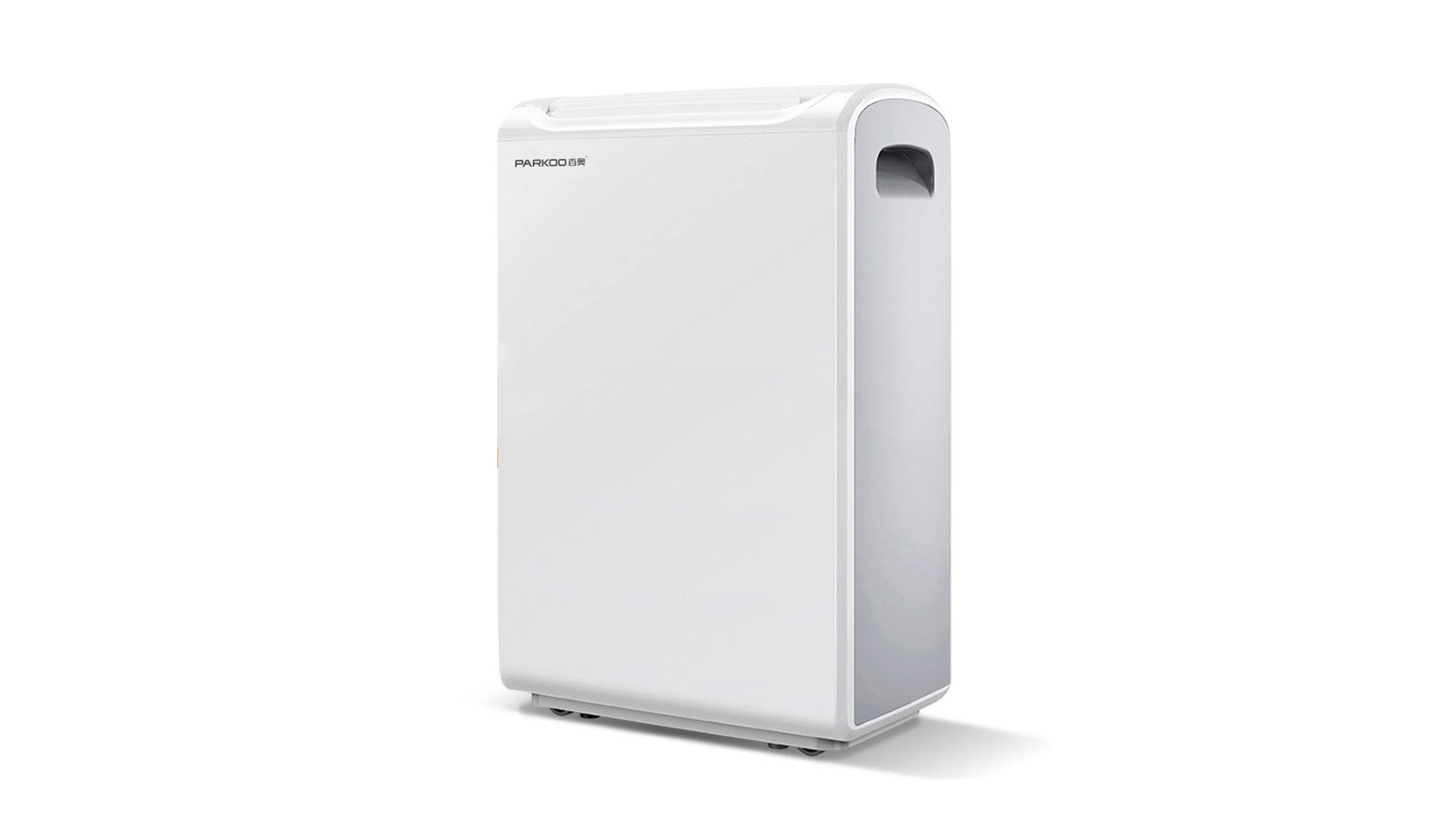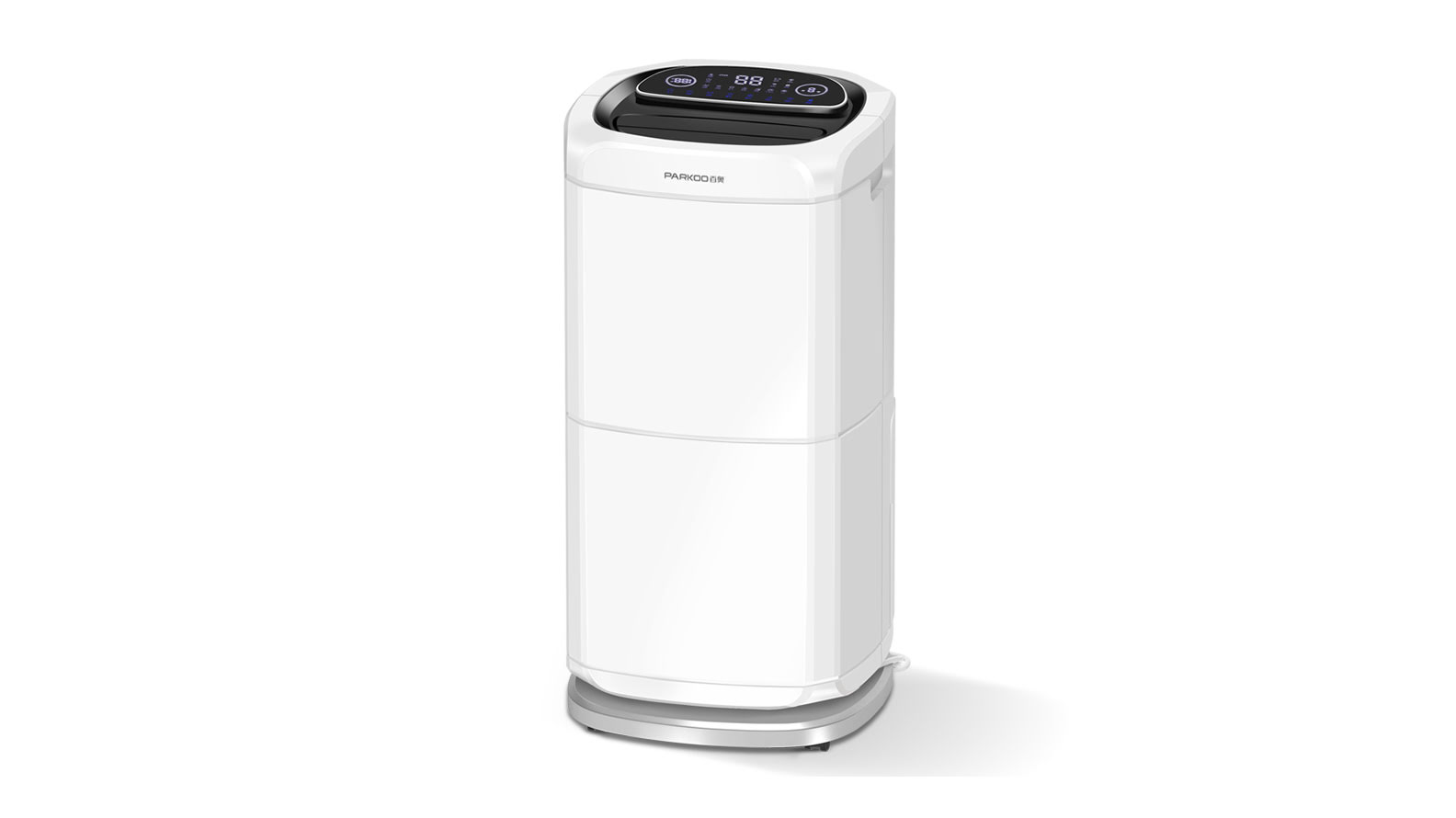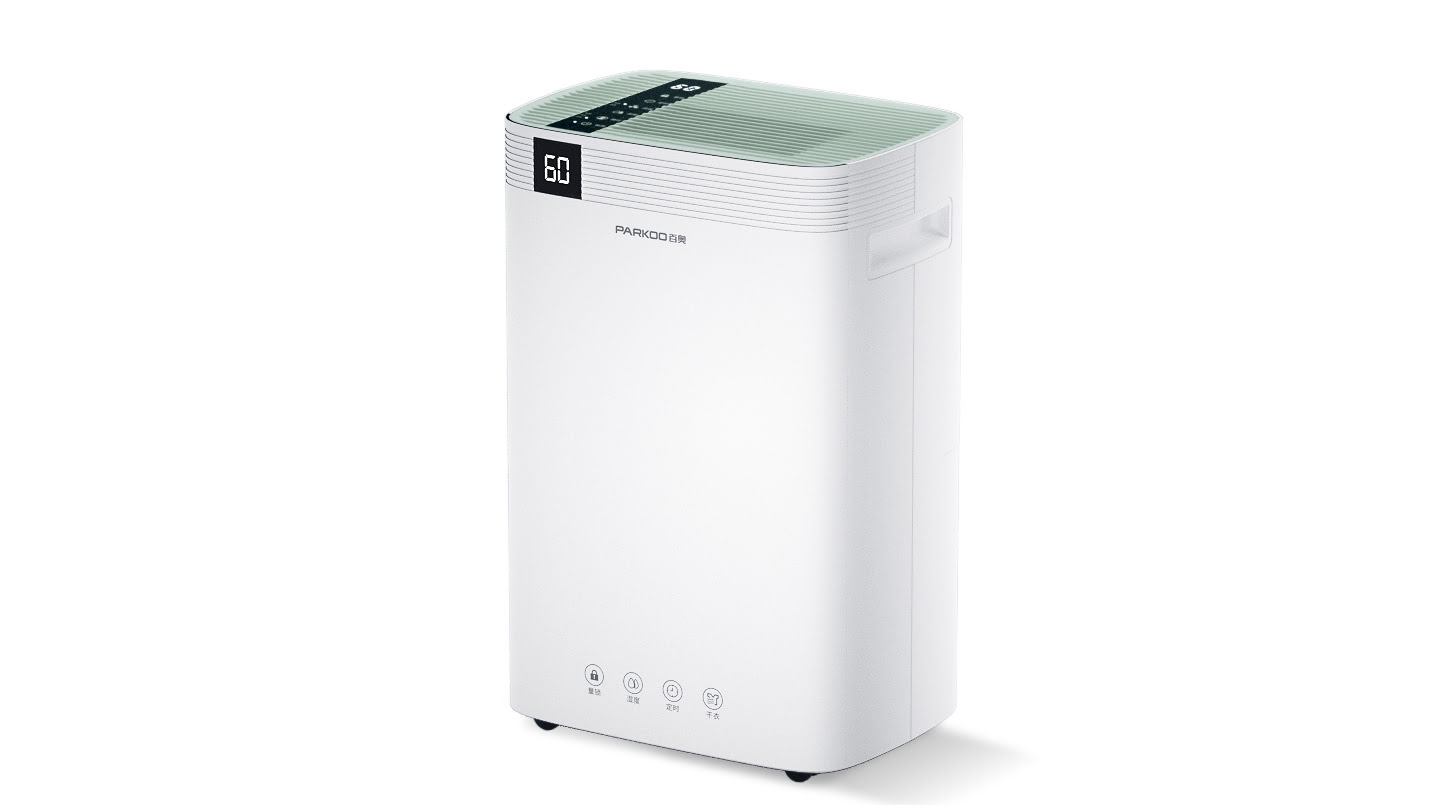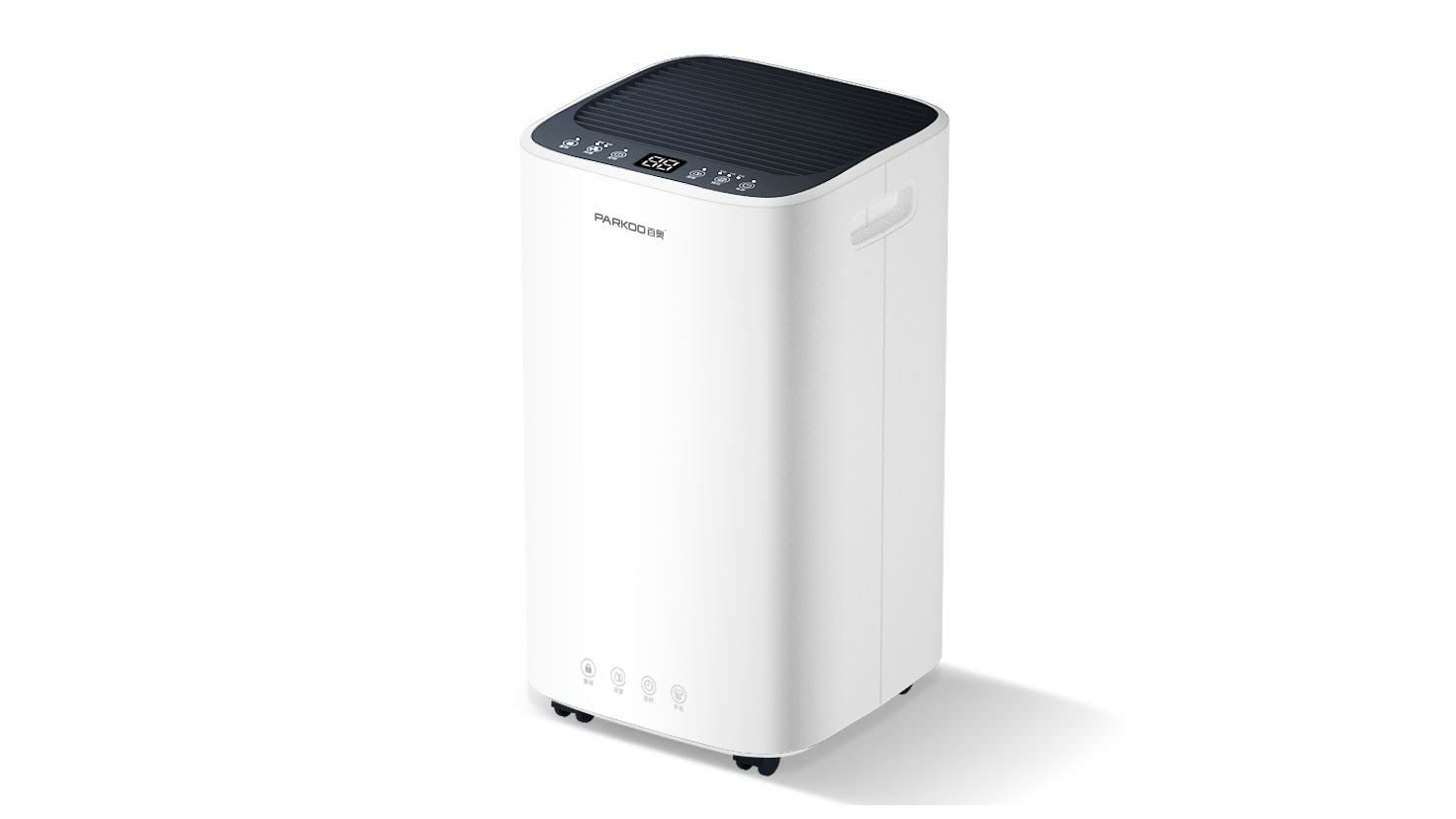Maintaining 40-60% relative humidity in the indoor Environment can Prevent our skin from drying and subsequent harmful Effects
Low humidity can absorb moisture from the top layer of our skin, making it dry. The results vary from slight roughness to peeling or even skin cracking. Irritating dry skin can become itchy, which can...
low huMidity can absorb Moisture from the top layer of our skin, Making it dry. The results vary from slight roughness to peeling or even skin cracking. Irritating dry skin can beCome itchy, which can lead to injury or bleeding through continuous destructive scraping Usually in winter, when indoor humidity drops, the skin becomes dry. Due to the low moisture content of the external cold air, it enters the building and is heated, resulting in a relative humidity drop below 40% RH. Dry and cracked skin loses its protective physical barrier function. microorganisms, allergens, and Harmful chemicals can penetrate cracks, causing infections, allergic and toxic skin diseases The heating season is the peak season for most skin diseases. Drying increases the sensitivity of the skin to various injuries Caused by air and direct radiation
Random reading
- Fast, energy-saving clothing drying and dehumidifica...
- Humidifier in cotton spinning workshop, automatic hu...
- How to dehumidify an underground power distribution ...
- Transmission case lost foam coating drying and dehum...
- Cold storage fresh-keeping, sterilization and disinf...
- Don't want to be a -musty- person, dehumidifier is w...
- Matters to know when choosing to replace the Dehumid...
- Dehumidification in Wine Cellars for Quality Wine
- Constant temperature and humidity machine in shell m...
- High configuration room dehumidifier, a solution to ...
- How to select a suitable Dehumidifier for your basem...
- Notes on humidification by wet-film humidifiers in c...
- Dehumidifier in the warehouse of traditional Chinese...
- The role of humidifiers in the actual production of ...
- Constant temperature and humidity air conditioner an...
- Fruit and vegetable humidifier, fruit and vegetable ...
